|
By Lynn
Long before the town of Glen Jean became the New River Gorge National River (NERI) headquarters in 1978 and prior to its post World War II economic boom and bust, the area was a thriving industrial region rich in coal and timber. The workforce necessary to run the engines of such industry was sizeable, and soon workers and families dotted the countryside. As other mines opened and the population grew, so did the need for a more sophisticated school system. This eventually led to the construction of the Old Glen Jean High School. In 1880, Thomas McKell and his bride, Jean Dun, both of wealthy Ohio parentage, visited the New River to survey property they received as a wedding gift. Realizing its potential wealth, McKell purchased additional land bringing their holdings to 25,000 acres. He then leased the coal to the Collins Colliery Company, and established the towns of Glen Jean, Dun Glen, and the Glen Jean Bank. To transport the timber and coal, McKell constructed a seven mile railroad connecting Glen Jean to the C&O mainline at Thurmond. In addition to hauling freight, a half-million passengers rode the mainline yearly. To capitalize on this, McKell built the one-hundred-five room Dun Glen Hotel and gambling hall as well as a bridge across the river from the train depot. To manage such a large workforce, McKell’s needs required the creation of whole communities to house workers and their families as well as facilities to educate the children. For years, small schools populated the region, but in 1921, Fayette County purchased a tract of McKell land and constructed a school building, which burned in 1924. In 1925, a one story structure was built adjacent to the first building, and in 1926, the two-story building now listed as a 2014 PAWV Endangered Property was constructed on the original site. Located about a quarter mile from NERI headquarters on State Route 25 and the Dunloop Creek, the building is constructed using polychromatic (multi-colored) brick. The front façade sports a Moorish style bell tower, an arched entrance, and a Palladian style opening above the arch. Along with the McKell Bank, it one of the few remaining structures dating to the early New River mining era. The school remained in continuous operation until 1997. The building was purchased in 1999 to serve as business offices and visitor center for the Thurmond, Glen Jean, and Great New River Railroad, and was closed in 2006. Since that time, the school has suffered large-scale vandalism. The owner’s plan is to temporarily mothball the building in an effort to better secure it, with the future goal of adaptively re-using it as a higher-end living facility for the elderly, or for other mixed use purposes. Read about the newest initiative to balance hydraulic fracturing (aka fracking) and cultural resource management. The Gas and Preservation Partnership (GAPP) formed last year and is an innovative not-for-profit organization whose mission is to work collaboratively and pragmatically with both the energy industry and the preservation community to identify and properly manage historic and cultural resources while encouraging efficient exploration and development of energy reserves.
The Converging Roads to Energy Independence and Heritage Preservation – The Blog for Preservation Leadership Forum. PAWV is heading to Pittsburgh next month to take part in a first-ever summit about promoting this balance. We’ll be reporting on the event and what we learned. We encourage others to attend too! Historic Beverly Preservation, Inc. and Beverly ON TRAC are seeking an AmeriCorps VISTA member to focus on Beverly revitalization development, organizational capacity building and fundraising. VISTA will report to the Beverly Heritage Center director, and will work closely with AmeriCorps member who provides direct service at the site, as well as with board and volunteers.
VISTA oversight is provided through the Pocahontas Communications Cooperative VISTA program. Applicant should be self-directed and have degree or background in public history, public administration, marketing, or related field. For more information about VISTA http://www.americorps.gov/for_individuals/choose/vista.asp For information about Beverly Heritage Center and Historic Beverly, http://www.beverlyheritagecenter.org Beverly is located in Randolph County, 6 miles south of Elkins, West Virginia. Start date will be in May 2014 for a one year term, renewable for one additional term. For the right person, multiple terms as VISTA could possibly transition to a staff position, if development efforts are successful. Responsibilities will include:
To Apply: Application will consist of resume and cover letter expressing why you think you are right for this position. You will also submit an AmeriCorps VISTA application to Pocahontas Communications Cooperative. Applications will be reviewed as received and will be accepted until position is filled. Materials can be delivered in any one of these ways:
The Craik-Patton House Museum (craik-patton.org) is seeking an individual with exceptional development and fund raising skills for the position of Executive Director. Major responsibilities will include, but not be limited to:
This is the only paid position at this time. Qualifications:
Please mail resumes to Jeanne Grubb, 2809 Kanawha Blvd., E., Charleston, WV 25311 or email to [email protected]. The 2014 West Virginia University Historic Preservation Field School will be held at Coopers Rock State Forest (CRSF) this May. Field School participants will examine three scales of development within CRSF: the Landscape, Structure, and Detail. Landscape analysis will reveal cultural traces of past land uses and bring to the surface former patterns and elements. Structure analysis will include issues in preserving significant threatened pavilions within the park. Construction Detail analysis will reveal the qualities of construction that physically represent an important era in American history. The program is suitable for upper level undergraduate and graduate students; as well as practitioners and other interested parties.
Contact Dr. Kathryn Burton, Division of Design & Merchandising for more information: 704 – P Allen Hall; phone: (304) 293-0814 email: [email protected] By Danielle, Executive Director Six historic structures, including an above-ground pool and one of West Virginia’s oldest mills, were announced as the 2014 West Virginia Endangered Properties List during a press conference at the State Capitol on February 12, 2014. This year marks the fifth anniversary of the revival of Preservation Alliance of West Virginia’s (PAWV) Endangered List, which is a collection of historic resources at risk of being lost from neglect, demolition, and other factors. All of the sites added to this year’s list represent a shared heritage. They are special places that helped to define us as children and unique shops that were staples of the community for years, but as times have changed, they have fallen into disrepair. However, 2014 is a turn-around year for these endangered sites, and with PAWV’s support, their owners have plans to update them while preserving our heritage. Two old schools in Fayetteville and Glen Jean, a Weirton pool, two unique commercial buildings in Belington and Wheeling, and Jefferson County’s oldest intact grist mill comprise this year’s list.
PAWV is the statewide, grassroots organization promoting historic preservation and our state’s cultural heritage. Each year, PAWV releases an Endangered List to highlight the plight of at-risk properties that contribute to the understanding of our heritage. PAWV’s field services representative, Lynn Stasick, works directly with local residents rallying to save and re-use endangered properties. Lynn provides preservation assistance, such as preservation expertise, capacity building, and advocacy. For the first time, PAWV has increased this initiative by instituting the new Five Year Plan of Rescue for endangered property stewards. Its goals are to evaluate the project’s present position, formulate a plan of action, and work to see the dream through to its end, in addition to minimizing the inevitable problems that arise in endangered property projects. “We are offering added support by giving the property stewards a plan to follow that has been proven to work for other endangered sites over the last five years. Although some projects take longer than others, this is a tried and true method that is effective,” explains Danielle LaPresta, Executive Director for PAWV. Properties are selected for the West Virginia Endangered Properties List after a competitive nomination process on the basis of preservation emergency, eligibility for the National Register of Historic Places, and local support for a re-use project. To follow the fate of Endangered Properties, look for updates in the Saving Sites section on the PAWV website at www.pawv.org. More information about listed sites and nomination forms for next year’s Endangered Properties List are available at here.
By Tricia When President Gerald Ford officially recognized Black History Month in 1976, he asked the public to “seize the opportunity to honor the too-often neglected accomplishments of black Americans in every area of endeavor throughout our history.” Bearing this in mind, PAWV chose this edition of Excuse for an Excursion to bring African-American Heritage in West Virginia to the forefront. The African-American community has had a presence in West Virginia as early as the eighteenth century. In the twenty-first century, the West Virginia Department of Commerce created the African-American Heritage Trail, demonstrating how a once enslaved population could contribute to a state created during the Civil War. This trail features thirty-one sites spread over West Virginia, but concentrated along the I-64 and I-77 corridors, and around the tip of the Eastern Panhandle. Some of these sites include John Brown’s Fort in Harpers Ferry, Booker T. Washington’s boyhood home in Malden, and the African-American Heritage Family Tree Museum in Ansted. Also, in Hinton, the statue of John Henry, the legendary railroad worker, stands tall near Big Bend Tunnel. For more information on West Virginia’s African-American Heritage Trail please click here. More than just John Henry’s ties to the railroad, West Virginia was home to a line of another kind, the Underground Railroad. Several routes ran through the state including some along the National Road, the Northwestern Turnpike, the Parkersburg Staunton Turnpike, and many of the rivers. One such site believed to be part of the Underground Railroad is in Doddridge County. Luke Jaco used a cave near his Inn to help transport slaves along the Northwestern Turnpike from Winchester, Virginia to Parkersburg and the Ohio River. There are names and dates in the Jaco Cave carved by the people who took shelter there. For more information on the Underground Railroad trail through Doddridge County, contact [email protected]. Noticing the mark the African-American community left on West Virginia, it makes it harder to ignore the history that has been lost forever, like the Colored Children’s Home that once stood outside Huntington. This building was on PAWV’s 2011 Endangered Properties list; it was demolished later that same year. By cherishing the history that remains, we can preserve and protect it for the future. So embrace the African-American heritage of West Virginia and let that be your excuse for an excursion – not just during Black History Month, but any month.
|
News and NotesCategories
All
Archives
May 2024
Subscribe to our mailing list to receive e-news updates on historic preservation news and events in West Virginia.
|
Get Involved |
Programs |
Contact UsPreservation Alliance of West Virginia
421 Davis Avenue, #4 | Elkins, WV 26241 Email: [email protected] Phone: 304-345-6005 |
Organizational Partners:
© COPYRIGHT 2022 - PRESERVATION ALLIANCE OF WEST VIRGINIA. ALL RIGHTS RESERVED.


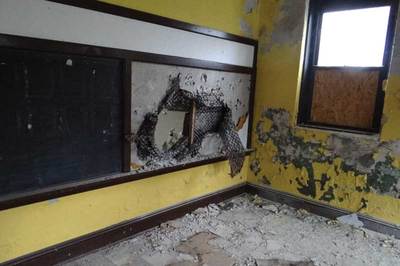
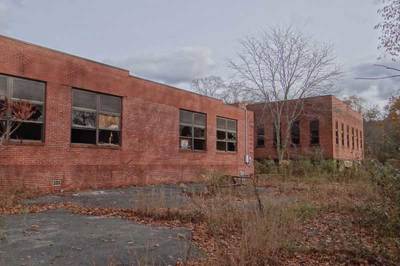

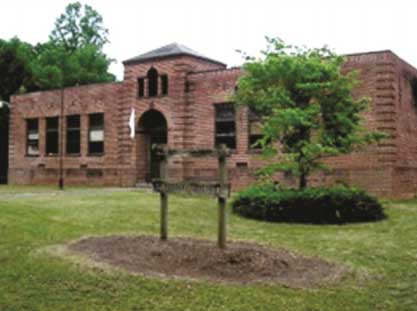
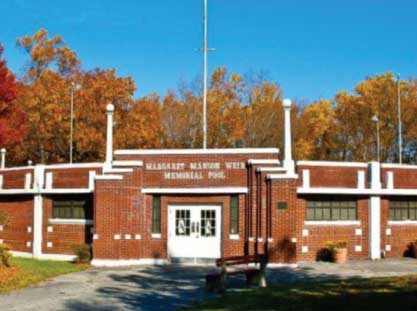
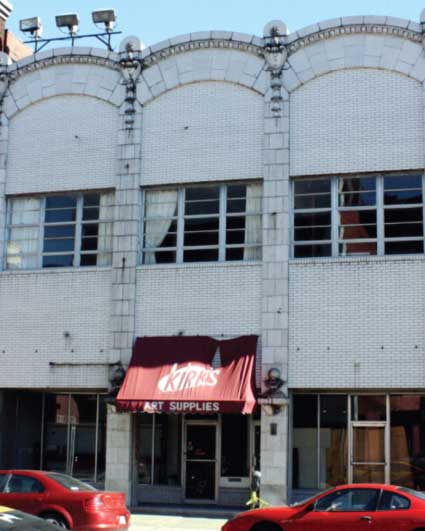
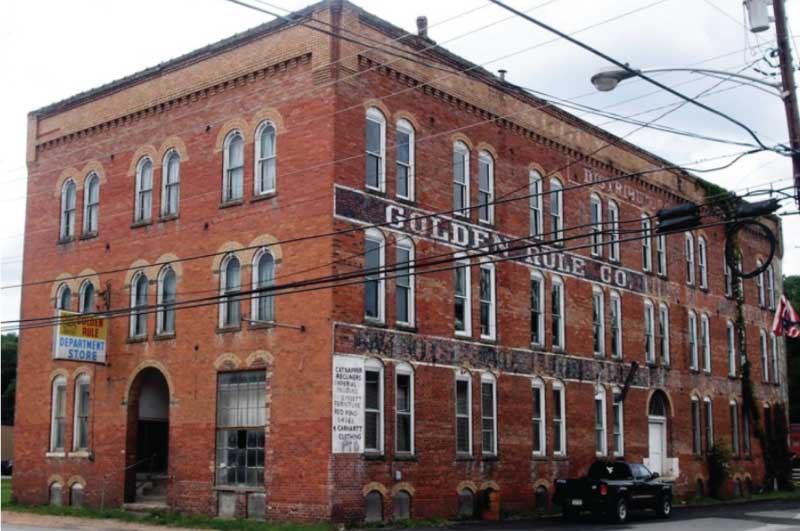
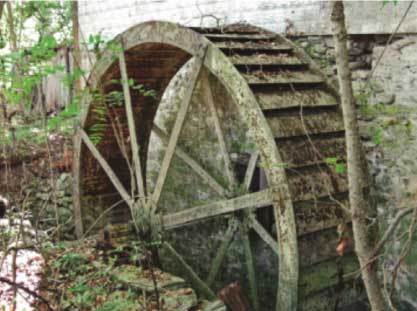
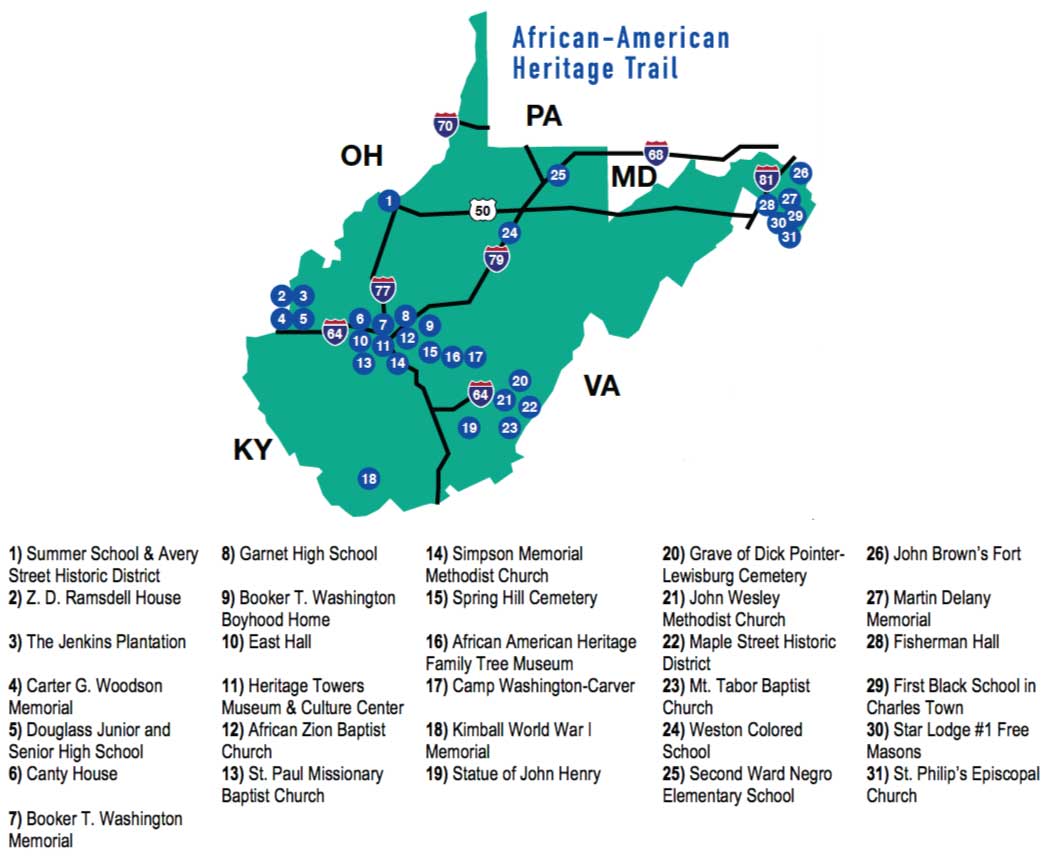
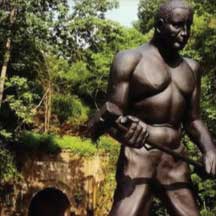
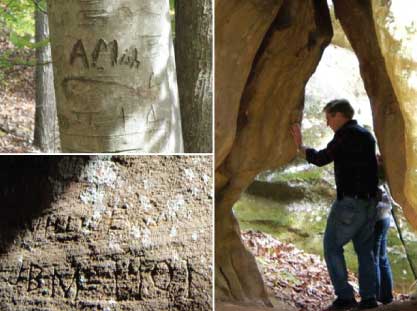
 RSS Feed
RSS Feed



